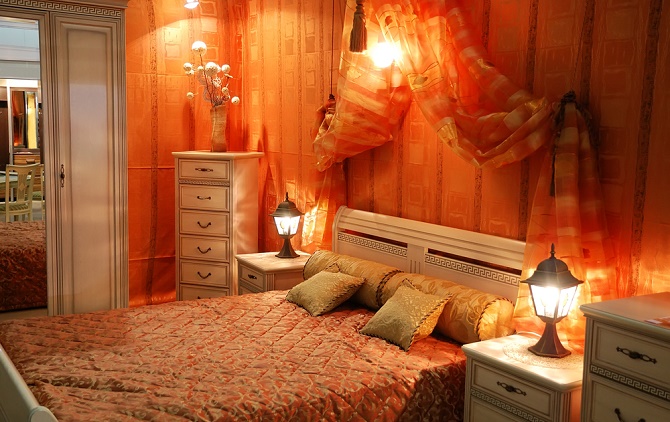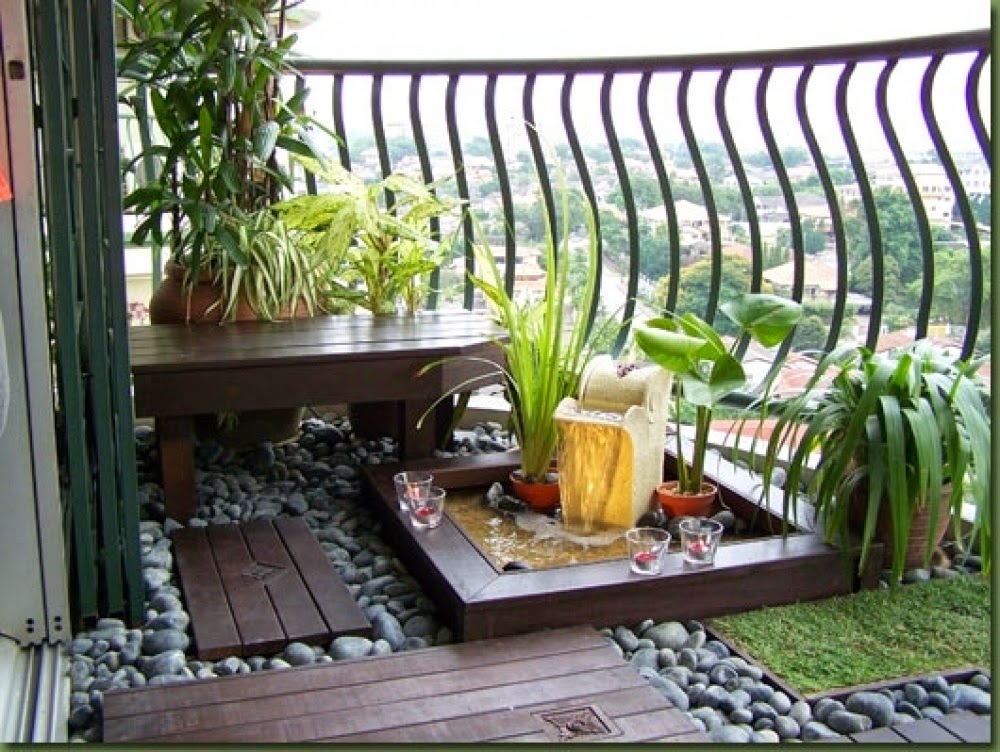In an intuitive way we use lighting in the decoration to provoke sensations and emotions, to create romantic environments we reduce the lights, likewise to relax or have fun we use vibrant colored lights and movement, so none of us can in any way deny that Lighting and its various uses in decoration can cause emotional effects.
Generalities of the effects of lighting in decoration
For a long time, neuroscience, humanistic psychology and cognitive psychology, among others, have pointed out the importance of emotions in the control of human behaviors, which is why sustainable designs and decorations must guarantee the proper use of lighting that favor the emotional well-being of its inhabitants.
Through the use of lighting patterns, variable lighting levels, and the color of the light source and the illuminated object, it is possible to produce certain states of mind such as: solemnity, calm, joy, activity, warmth and coldness.
Higher levels of general lighting produce cheerful effects and stimulate people to be alert and active, while lower levels tend to create an atmosphere of relaxation, intimacy and rest.
The lighting can also be “soft” or “strong”. Soft lighting diffuses light that minimizes harsh shadows and provides a more relaxed and less visually compelling environment. Too much diffuse light provides no interest and can make a room dull.
Careful use of “strong” or direct lighting can provide highlights and shadows, shape shapes, and emphasize texture. Direct lighting is generally not used as a primary source of illumination, but rather as a supplement: to give metal shine, crystal reflections, accentuate the rich texture of other materials, create a sense of vitality in an environment.
Lamps can indeed be used to dramatize interior design elements: line, shape, color, pattern, and texture.
General lighting accessories
- General or ambient, lighting illuminates an entire space for visibility and safety. Light bounces off walls and ceilings to cover as much area as possible. General lighting can come from lights that go up or down.
- Upward lights point lighting towards the ceiling. They include torchiers lamps and wall lights.
- Downlights project light down from the ceiling or wall. The lighting thus includes recessed lights (cans) and spot lights on track.
- Some lights, such as table and floor lamps, go both up and down as they cast light towards both the ceiling and the floor.
Emotional effects of lighting in decoration
As is well known, lighting significantly affects our biological rhythms, and creates emotional effects in our lives. We can also notice how well-thought-out lighting achieves phenomenal effects, you may have already experienced it in shows and movie theaters, the new trends in emotional decoration have built a theory around it.
However, as we are not professional air fresheners, and perhaps we do not have the budget to hire one that helps us generate emotions of well-being with the use of light in our homes, here you can give some tips to achieve the desired effects without this being return an impossible challenge to reach. The following are some tips to achieve emotional stability depending on the space in the home.
Natural and soft lighting in spaces to relax
There is no better lighting element -especially if it is small rooms during the day- than the use of natural light through the use of blinds to control their intensity and orientation, this during the day. However, in the room to which we retire to rest, be it the bedroom or living room, you must incorporate lights that emit low levels of illumination into the designs of your lamps.
This produces a calm mood . An example is, if these lights are the ones indicated in your bedroom, arriving from a noisy day from the street will immediately make all that brain activity go down, otherwise, if you have your rest space, with lots of light, with strong colors and a scandalous decoration, you will not be able to appease your brain activity.
If you want to create romantic and melancholic environments that relax you and prepare your body and mind to be calm, we recommend you dim the lighting, by means of blinds, curtains, and at night, by means of the appropriate lamps to achieve a dimmed light. In the market there is a wide variety of dimmers, with this you will add a delicate touch to your decoration and you can also change the light and its intensity according to the use that you are going to give the room.
Never over-light these types of rooms, the result will be exhausting and you will not want to be in the bedroom for a long time.
Intense lighting in areas with greater activity
An intense lighting in the decoration generates a feeling of energy, vitality and can be quite stimulating, but remember the intensity must go hand in hand with the size of the space in which you are planning to place it.
Consider that excessive lighting causes us fatigue, it illuminates more intensely rooms that need you to be active, the living room, the kitchen, the office. To develop a sense of alertness and activity, use high levels of illumination with light focused on specific tasks or areas.
Mix lighting with color for effects
Lighting and its possible effects are closely linked to the use of wall colors. To impart a feeling of warmth along with the light, use colors on the red end of the spectrum – pink, orange, amber, yellow.
If you are still not confident enough in color, paint walls and walls in light colors and use floor lamps, track spots, table lamps, wall lights and hidden in ceiling lights to play with the effects and colors.
Avoid fluorescent lighting
Be careful with fluorescent bulbs, they are not recommended for lighting environments where emotions are important as is the case in the rooms of our home, although it is true that they save energy, they do not provide any degree of warmth and emotion for what the environment They become flat and unexciting, these bulbs are suitable in passage rooms, understood as entrances or corridors where we are not going to stay for more than a few minutes, they remove the spirit and return the cold sensations.









